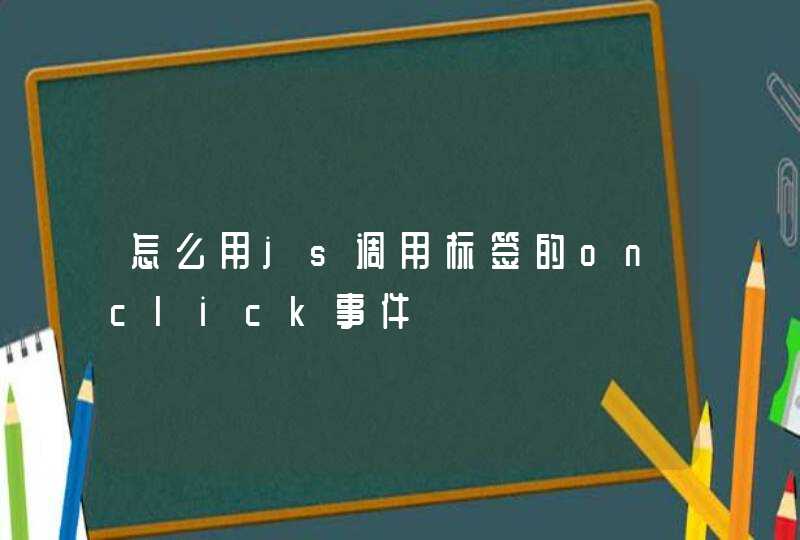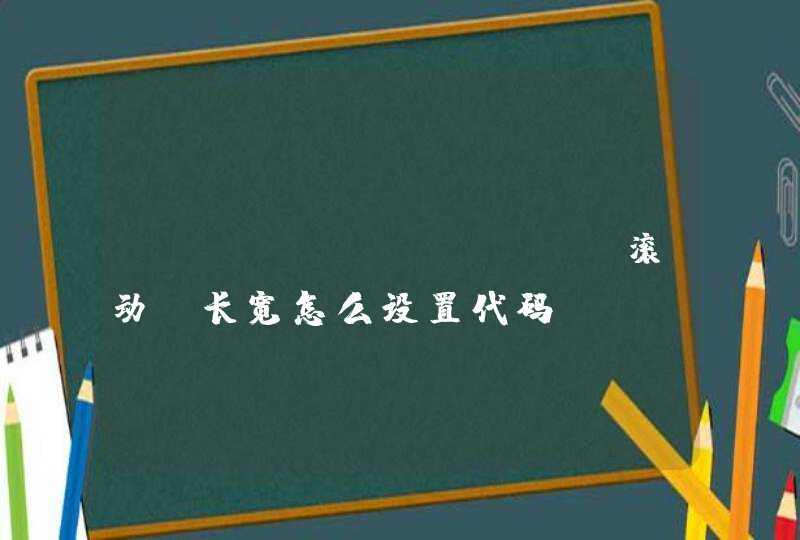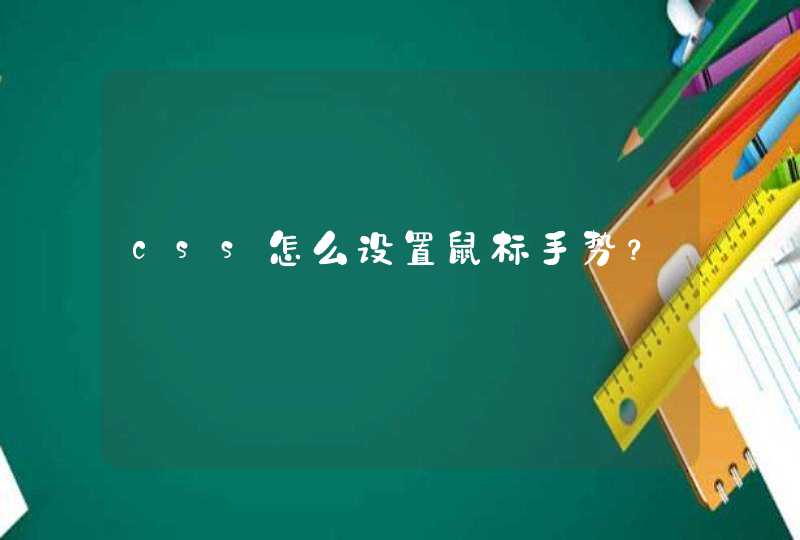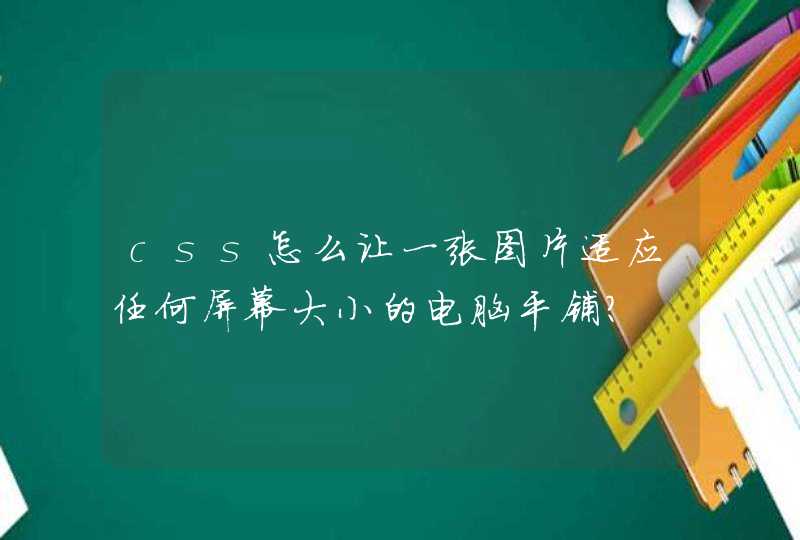
<head>
<script type="text/javascript">
function validate()
{
var ok=true,un,pw1,pw2,el,ch0
var r = /^([0-9A-Za-z\-_\.]+)@([0-9a-z]+\.[a-z]{2,3}(\.[a-z]{2})?)$/g
if(""==(un=document.f.user.value))
{
alert("用户名不能为空!")
document.f.user.focus()
ok=false
}
else if(""==(pw1=document.f.password1.value))
{
alert("密码不能为空!")
document.f.password1.focus()
ok=false
}
else if(""==(pw2=document.f.password2.value))
{
alert("重复密码不能为空!")
document.f.password2.focus()
ok=false
}
else if(""==(el=document.f.email.value))
{
alert("邮箱不能为空!")
document.f.email.focus()
ok=false
}
if(ok)
{
if(!(un.length>=6 &&un.length<=20))
{
alert("用户名长度必须大于等于6小于等于20!")
document.f.user.focus()
ok=false
}
else
{
ch0=un.charAt(0).toLowerCase()
if(!(ch0>="a" &&ch0<="z"))
{
alert("用户名必须以字母开头!")
document.f.user.focus()
ok=false
}
else if(pw1!=pw2)
{
alert("重复密码与密码必须相同!")
document.f.password2.focus()
ok=false
}
else if(!r.test(el))
{
alert("不是有效的邮箱地址!")
document.f.email.focus()
ok=false
}
}
}
if(ok)
{
alert("恭喜你,通过了有效性验证!")
}
}
</script>
</head>
<body>
<form name="f">
用户名:<input type="text" name="user" /><br /><br />
密码:<input type="text" name="password1" /><br /><br />
重复密码:<input type="text" name="password2" /><br /><br />
邮箱:<input type="text" name="email" /><br /><br />
<input type="button" value="验证" onclick="validate()" />
</form>
</body>
</html>
举个例子吧:<input type=”text” id=”telephone” >
<input type=“button” onclick=“functioncheck1”value=“检测”>
如果要检测它是否符合标准,那我就会在页面中导入js包然后写一个
<script>
functioncheck1()
{
varreg1 = /^1(5|3|8)\d{9}$/
varstr1 = document.getElementById("telephone").value
if(reg1.test(str1)== true)
{
alert("手机号码OK")
}
else
{
alert("请重新输入手机号码")
}
}
</script>
就可以验证到了!
avaScript 表单验证
JavaScript 可用来在数据被送往服务器前对 HTML 表单中的这些输入数据进行验证。
被 JavaScript 验证的这些典型的表单数据有:
用户是否已填写表单中的必填项目?
用户输入的邮件地址是否合法?
用户是否已输入合法的日期?
用户是否在数据域 (numeric field) 中输入了文本?
必填(或必选)项目
下面的函数用来检查用户是否已填写表单中的必填(或必选)项目。假如必填或必选项为空,那么警告框会弹出,并且函数的返回值为 false,否则函数的返回值则为 true(意味着数据没有问题):
function validate_required(field,alerttxt){
with (field)
{
if (value==null||value=="")
{alert(alerttxt)return false}
else {return true}
}
}
下面是连同 HTML 表单的代码:
<html><head>
<script type="text/javascript">function validate_required(field,alerttxt)
{
with (field)
{
if (value==null||value=="")
{alert(alerttxt)return false}
else {return true}
}
}
function validate_form(thisform)
{
with (thisform)
{
if (validate_required(email,"Email must be filled out!")==false)
{email.focus()return false}
}
}</script>
</head>
<body>
<form action="submitpage.htm" onsubmit="return validate_form(this)" method="post">
Email: <input type="text" name="email" size="30">
<input type="submit" value="Submit">
</form>
</body>
</html>
E-mail 验证
下面的函数检查输入的数据是否符合电子邮件地址的基本语法。
意思就是说,输入的数据必须包含 @ 符号和点号(.)。同时,@ 不可以是邮件地址的首字符,并且 @ 之后需有至少一个点号:
function validate_email(field,alerttxt){
with (field)
{
apos=value.indexOf("@")
dotpos=value.lastIndexOf(".")
if (apos<1||dotpos-apos<2)
{alert(alerttxt)return false}
else {return true}
}
}
下面是连同 HTML 表单的完整代码:
<html><head>
<script type="text/javascript">function validate_email(field,alerttxt)
{
with (field)
{
apos=value.indexOf("@")
dotpos=value.lastIndexOf(".")
if (apos<1||dotpos-apos<2)
{alert(alerttxt)return false}
else {return true}
}
}
function validate_form(thisform)
{
with (thisform)
{
if (validate_email(email,"Not a valid e-mail address!")==false)
{email.focus()return false}
}
}</script>
</head>
<body>
<form action="submitpage.htm"onsubmit="return validate_form(this)" method="post">
Email: <input type="text" name="email" size="30">
<input type="submit" value="Submit">
</form>
</body>
</html>




































































